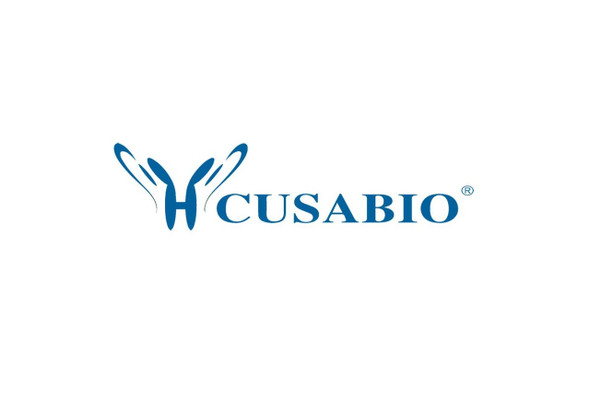Cusabio Sus scrofa Recombinants
Recombinant Pig Calpain-2 catalytic subunit (CAPN2) | CSB-EP004496PI
- SKU:
- CSB-EP004496PI
- Availability:
- 13 - 23 Working Days
Description
Recombinant Pig Calpain-2 catalytic subunit (CAPN2) | CSB-EP004496PI | Cusabio
Alternative Name(s): Calcium-activated neutral proteinase 2 ;CANP 2;Calpain M-type;Calpain-2 large subunit;Millimolar-calpain ;M-calpain
Gene Names: CAPN2
Research Areas: Others
Organism: Sus scrofa (Pig)
AA Sequence: YPNTFWMNPQYLIKLEEEDEDQEDGESGCTFLVGLIQKHRRRQRKMGEDMHTIGFGIYEVPEELTGQTNIHLSKNFFLTHRARERSDTFINLREVLNRFKLPPGEYILVPSTFEPNKDGDFCIRVFSEKKADYQVVDDEIEADLEENDASEDDIDDGFRRLFAQLAGEDAEISAFELQTILRRVLAKRQDIKSDGFSIETCRIMVDMLDSDGSAKLGLKEFYILWTKIQKYQKIYREIDVDRSGTMNSYEMRKALEEAGFKLPCQLHQVIVARFADDQLIIDFDNFVRCLVRLETLFRISKQLDSENTGTIELDLISWLCFSVL
Source: E.coli
Tag Info: N-terminal 6xHis-SUMO-tagged
Expression Region: 1-324aa
Sequence Info: Full Length
MW: 53.8 kDa
Purity: Greater than 90% as determined by SDS-PAGE.
Relevance: Calcium-regulated non-lysosomal thiol-protease which catalyze limited proteolysis of substrates involved in cytoskeletal rodeling and signal transduction. Proteolytically cleaves MYOC at 'Arg-226' .
Reference: Hypoxia-specific upregulation of calpain activity and gene expression in pulmonary artery endothelial cells.Zhang J.L., Patel J.M., Block E.R.Am. J. Physiol. 275:L461-L468(1998)
Storage: The shelf life is related to many factors, storage state, buffer ingredients, storage temperature and the stability of the protein itself. Generally, the shelf life of liquid form is 6 months at -20?/-80?. The shelf life of lyophilized form is 12 months at -20?/-80?.
Notes: Repeated freezing and thawing is not recommended. Store working aliquots at 4? for up to one week.
Function: Calcium-regulated non-lysosomal thiol-protease which catalyzes limited proteolysis of substrates involved in cytoskeletal remodeling and signal transduction. Proteolytically cleaves MYOC at 'Arg-226'. Proteolytically cleaves CPEB3 following neuronal stimulation which abolishes CPEB3 translational repressor activity, leading to translation of CPEB3 target mRNAs.
Involvement in disease:
Subcellular Location: Cytoplasm, Cell membrane
Protein Families: Peptidase C2 family
Tissue Specificity: Ubiquitous.
Paythway:
Form: Liquid or Lyophilized powder
Buffer: If the delivery form is liquid, the default storage buffer is Tris/PBS-based buffer, 5%-50% glycerol. If the delivery form is lyophilized powder, the buffer before lyophilization is Tris/PBS-based buffer, 6% Trehalose, pH 8.0.
Reconstitution: We recommend that this vial be briefly centrifuged prior to opening to bring the contents to the bottom. Please reconstitute protein in deionized sterile water to a concentration of 0.1-1.0 mg/mL.We recommend to add 5-50% of glycerol (final concentration) and aliquot for long-term storage at -20?/-80?. Our default final concentration of glycerol is 50%. Customers could use it as reference.
Uniprot ID: P43367
HGNC Database Link: N/A
UniGene Database Link: UniGene
KEGG Database Link: N/A
STRING Database Link: N/A
OMIM Database Link: N/A









